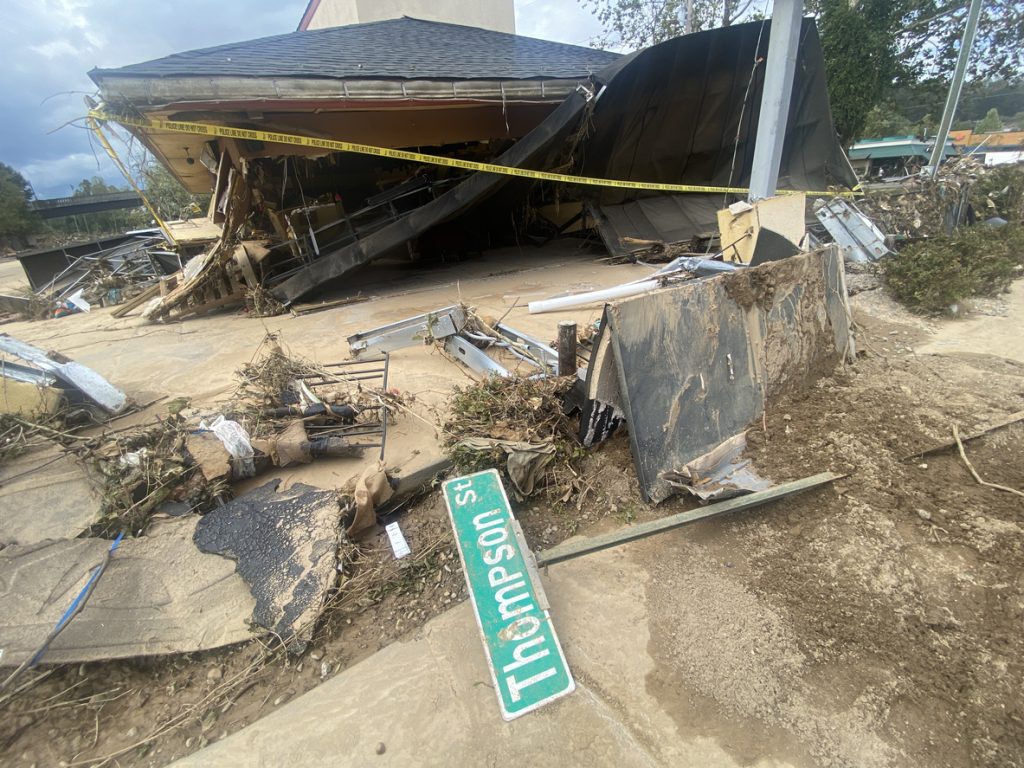Natural Disasters: A Rising Crisis Demands Proactive Communication Strategies
The increasing frequency and intensity of natural disasters worldwide present a formidable challenge for communities and organizations alike. From devastating hurricanes and wildfires to crippling earthquakes and floods, these events inflict not only physical damage but also significant economic and social disruption. The escalating costs, complexity, and sheer destructive power of these disasters underscore the vital role of effective communication in managing the crisis and its aftermath. Communicators stand on the front lines, tasked with disseminating accurate information, coordinating relief efforts, and providing support to affected populations. As Justin Ángel Knighten, former associate administrator of the Office of External Affairs at FEMA, emphasized at Ragan’s Future of Communications conference, communicators must navigate the complexities of a crisis, often while facing unprecedented challenges and the pervasive spread of misinformation. They must be prepared to "step in and lead in ways [they] never thought [they’d] have to before."
Navigating the chaos of a natural disaster requires more than simply reacting to unfolding events. While a well-defined crisis communication playbook serves as a crucial foundation, it is equally important to recognize that real-world scenarios often deviate from pre-planned strategies. Communicators must possess the agility and flexibility to adapt to rapidly changing circumstances, even when it means abandoning the original plan altogether. Knighten stressed the importance of regular training and preparedness, ensuring that teams are equipped to handle unforeseen challenges and make critical decisions under pressure. He underscored that "if your teams aren’t ready and regularly training to know what to do, it’s not going to go well.” Effective crisis communication demands a proactive approach, anticipating potential challenges and developing contingency plans to address them. This includes establishing clear communication protocols, identifying key stakeholders, and pre-drafting messaging for various scenarios.
During a crisis, clear and timely communication is paramount. It is as essential as providing basic necessities like food, water, and shelter. Communicators must cut through the noise and misinformation that often proliferate during a disaster, providing accurate and reliable information to affected communities. This involves establishing trusted channels of communication, utilizing multiple platforms to reach diverse audiences, and actively combating misinformation campaigns. Furthermore, communicators play a critical role in coordinating relief efforts, connecting individuals and organizations with necessary resources, and facilitating collaboration among various stakeholders. Effective communication bridges the gap between those in need and those who can provide assistance, ensuring that aid reaches those who require it most.
Proactive planning and preparedness are crucial for mitigating the impact of a natural disaster. Organizations must develop comprehensive crisis communication plans that address all aspects of the disaster response, from initial assessment and evacuation procedures to ongoing recovery efforts. These plans should outline roles and responsibilities, establish clear lines of communication, and identify key resources and contact information. Regular drills and simulations are essential for testing the effectiveness of these plans and ensuring that teams are well-prepared to execute them under pressure. By investing in proactive planning, organizations can minimize the disruption caused by a disaster and enhance their ability to respond effectively.
Flexibility and adaptability are essential attributes for communicators in a crisis. No two disasters are identical, and the ability to adjust communication strategies to fit the unique circumstances of each event is crucial. Communicators must be comfortable deviating from pre-planned scripts and tailoring their messaging to address the specific needs and concerns of affected communities. This requires active listening, continuous monitoring of the situation, and a willingness to embrace new technologies and platforms to reach diverse audiences. By remaining flexible and adaptable, communicators can ensure that their messages remain relevant and effective throughout the crisis.
Effective crisis communication extends beyond the immediate aftermath of a disaster. As communities begin the long and arduous process of recovery, communicators play a crucial role in providing ongoing support, disseminating information about available resources, and facilitating dialogue among stakeholders. They can help to build resilience by sharing stories of hope and recovery, promoting community-building initiatives, and fostering a sense of shared purpose. By recognizing the long-term implications of a natural disaster, communicators can contribute to the healing process and help communities rebuild stronger and more resilient than before. In the face of increasing natural disaster threats, proactive communication strategies are no longer a luxury but a necessity. By embracing preparedness, adaptability, and a commitment to clear and timely communication, organizations can mitigate the impact of these events and help communities navigate the challenges of recovery and rebuilding.


